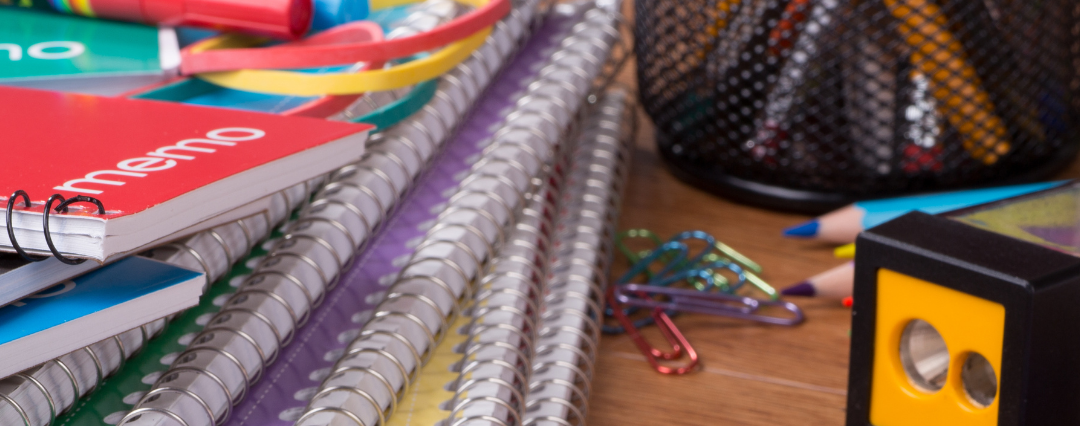
Back to School Must Do: Classroom Management
|
|
Time to read 5 min
|
|
Time to read 5 min
5 School Supply Classroom Management Tips
“How do I teach my students to manage their school materials?”
This is one of the top questions we are asked on a daily basis by our customers.
Our first response, “Start the FIRST day of school!”
It is important to set explicit expectations on that first day and practice those expectations over and over for the first two weeks of school.
Sort Supplies:
Have students keep materials in their bags until you are ready to work with them on how to sort their school supplies.
Having bins clearly labeled with pictures and words helps both you and the student quickly locate school supplies and materials.
These adorable labels were created by Lucky Little Learners collection.
She offers several classroom management ideas on her blog.
Labeling fosters a sense of responsibility.
Label:
Take time to have each student label their supplies with their name or initials. This simple act of labeling fosters a sense of responsibility. When it is their item, they are more likely to take care of it.
Example:
Like the image of how Ms. Johnson has her students label their supplies in the image pictured here.
Color Coding:
Color-coding can be used in schools for a variety of reasons, but especially for classroom management.
Products like the Seat Sack chair pocket shown below assist with
classroom management and organization.
This multi-color classroom pack is perfect color coding groups and tables.
Organized teacher, Rachel Vincent, shares classroom management ideas that she uses in her classroom. In this video she explains how she teaches students to use color coding to manage their classroom materials.
"Never assume that students know how to use school supplies!"
Visual Clues:
It is also important to have a visual of those expectations.
This anchor chart by Kindergarten Chaos is a perfect example of how to teach students how to use and not use a school supply.
First, provide them with an interactive anchor chart along with instruction on how to use them.
Talk about how to use the school supplies. Model how to use the school supplies.
Allow the students to practice using the school supplies, one at a time.
Model:
Modeling is key to showing students how you want them to manage and use their school materials. It is important to physically model, model, model your expectations of how to put their school supplies and materials away.
When modeling how to use school supplies:
Demonstrate how to use supplies safely and effectively, including how to hold them correctly, how to cut, and how to apply glue.
Encourage responsibility and respectful use of supplies by explaining what supplies can and cannot do, and what the "do's and don'ts" are.
After explaining expectations, have students come up to model how to use the supply correctly. Teachers can also invite students to model in small groups or visit each group to have all students model the skill. Teachers can even assign each supply to a group of students and those students will model how to use the school supply. These students will also demonstrate how to properly put the school supply away.
Instead of narrating, teachers can model the desired behavior and let students do the work. Modeling can also invite questions from students to deepen their thinking.
Teachers can create anchor charts that outline what each supply can and cannot do, and how to use it correctly. Students can share the information from the charts to take ownership of the procedures.
Practice:
Once lessons have been modeled and visual clues are displayed, then it is time to practice.
Repeat:
Through out the first two weeks, it is important to continually remind, refer to the visual clue, ask students to model and practice how to put their school supplies and materials away correctly. Provide monthly reminders and repeat the above steps after students have come back from any breaks.
Develop a plan and get organized before the first day of school. It is important to repeat all of the steps several times a day until it becomes a habit for students. Follow through and stay the course for a successful school year!
Sort, Label & Color Code School Supplies
Give Visual Clues like anchor charts that show how to take care of and put away school supplies.
Model how to use and put away school supplies.
Practice sorting, labeling and modeling classroom management of school supplies and materials.
Repeat showing students these skills to manage their school supplies when needed or after long breaks.


